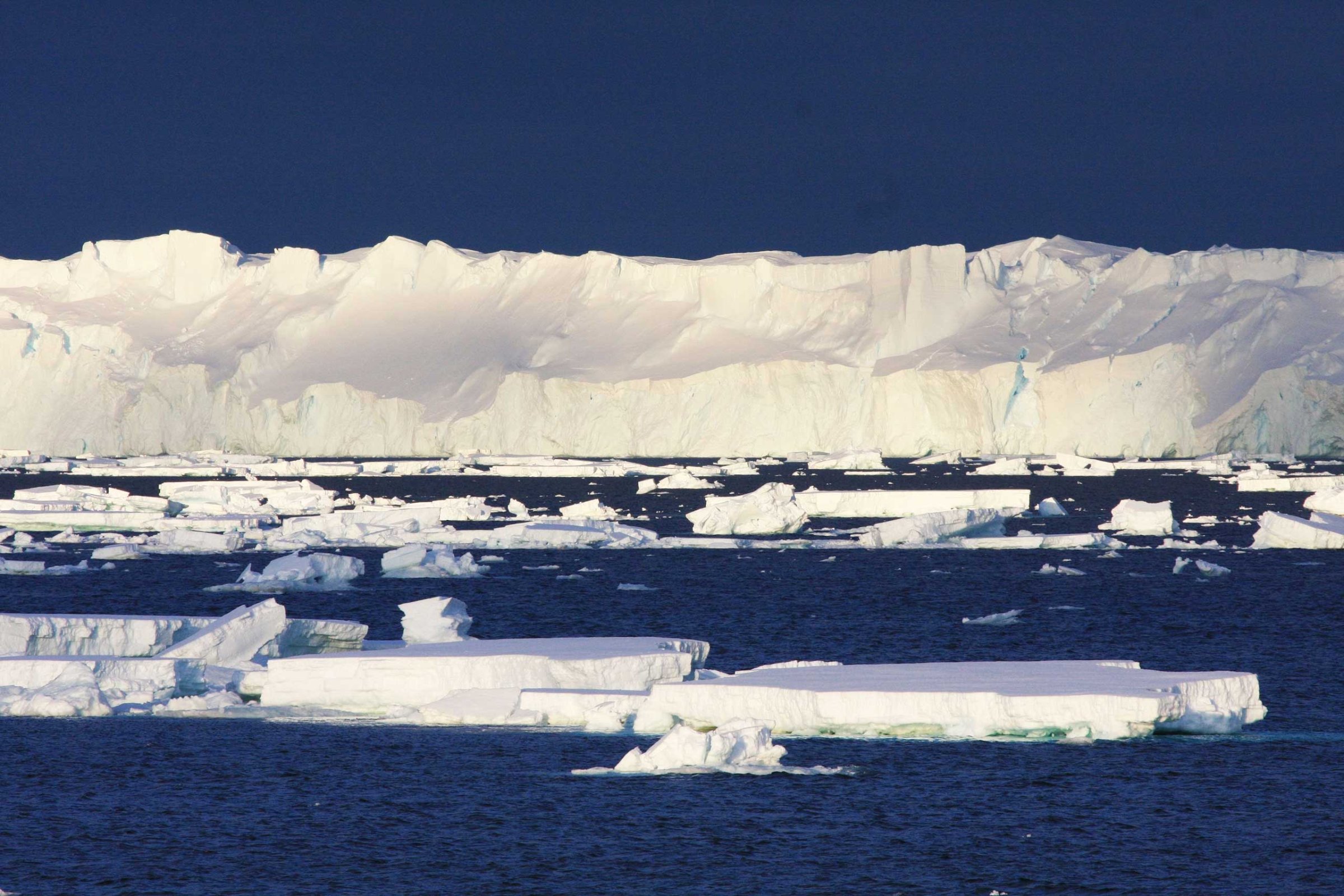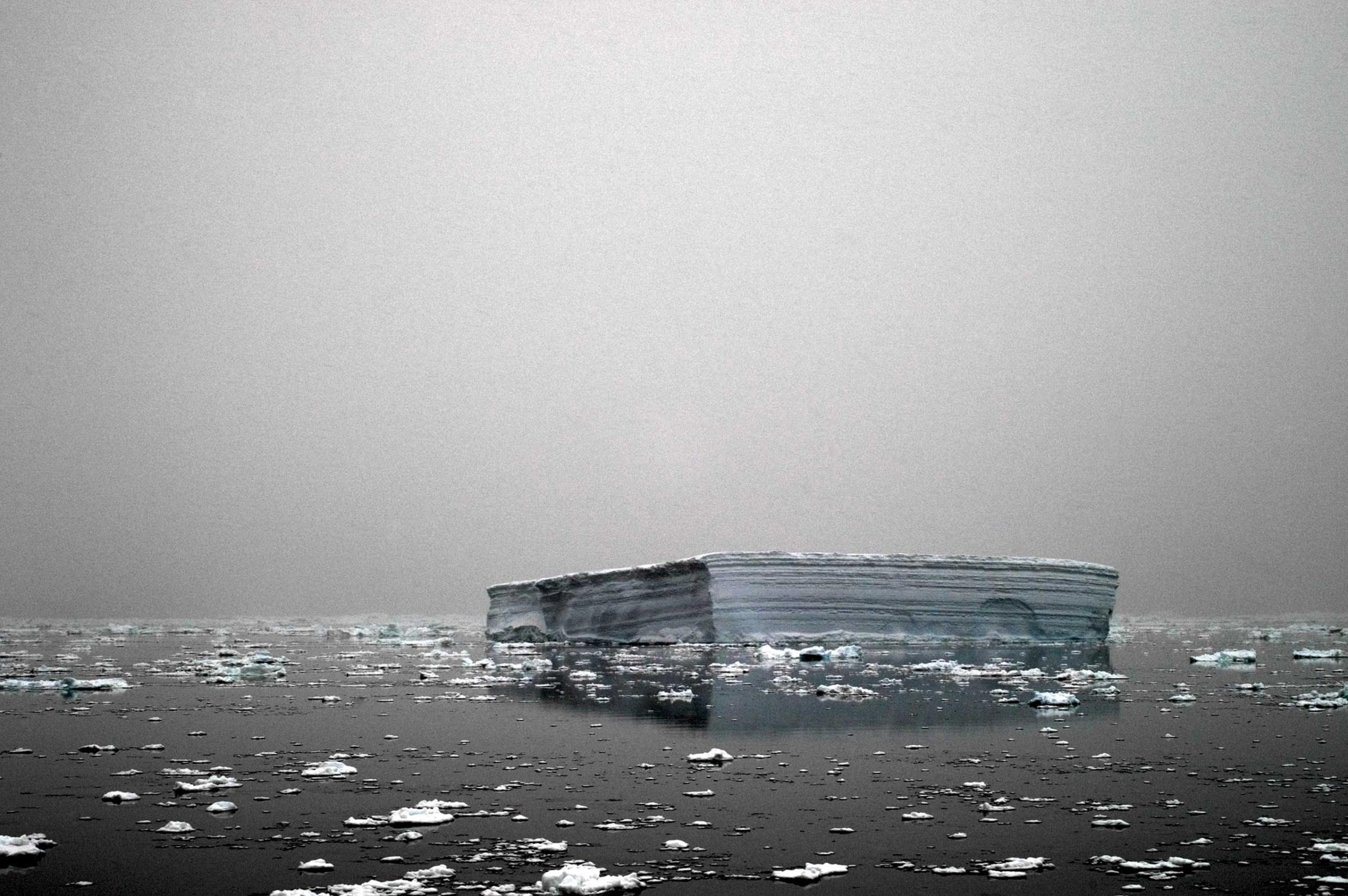
Some of Antarctica’s floating ice shelves are up to 18% thinner than they were two decades ago, according to a new study shedding light on climate change.
Science Daily reports that researchers at the UC San Diego’s Scripps Institution of Oceanography examined satellite data from the past two decades and discovered that ice shelves are thinning at precipitous rates, which are accelerating over time.
In 1994 to 2003, Antarctica’s total ice shelf volume – the ice shelf area multiplied by thickness – underwent minimal change. Then thinning began, with the last few years pointing to the highest rate of change.
“Eighteen percent over the course of eighteen years is really a substantial change,” researcher Fernando Paolo told Science Daily. “Overall, we show not only the total ice shelf volume is decreasing, but we see an acceleration in the last decade.”
The ice shelf shrinkage is indirectly linked to rising sea levels, and current volume reduction rates have scientists projecting that half the volume of ice shelves in western Antarctica may be lost in 200 years.
Melting Away: One Photographer's Journey to Preserve the Polar Regions










More Must-Reads from TIME
- Donald Trump Is TIME's 2024 Person of the Year
- Why We Chose Trump as Person of the Year
- Is Intermittent Fasting Good or Bad for You?
- The 100 Must-Read Books of 2024
- The 20 Best Christmas TV Episodes
- Column: If Optimism Feels Ridiculous Now, Try Hope
- The Future of Climate Action Is Trade Policy
- Merle Bombardieri Is Helping People Make the Baby Decision
Contact us at letters@time.com